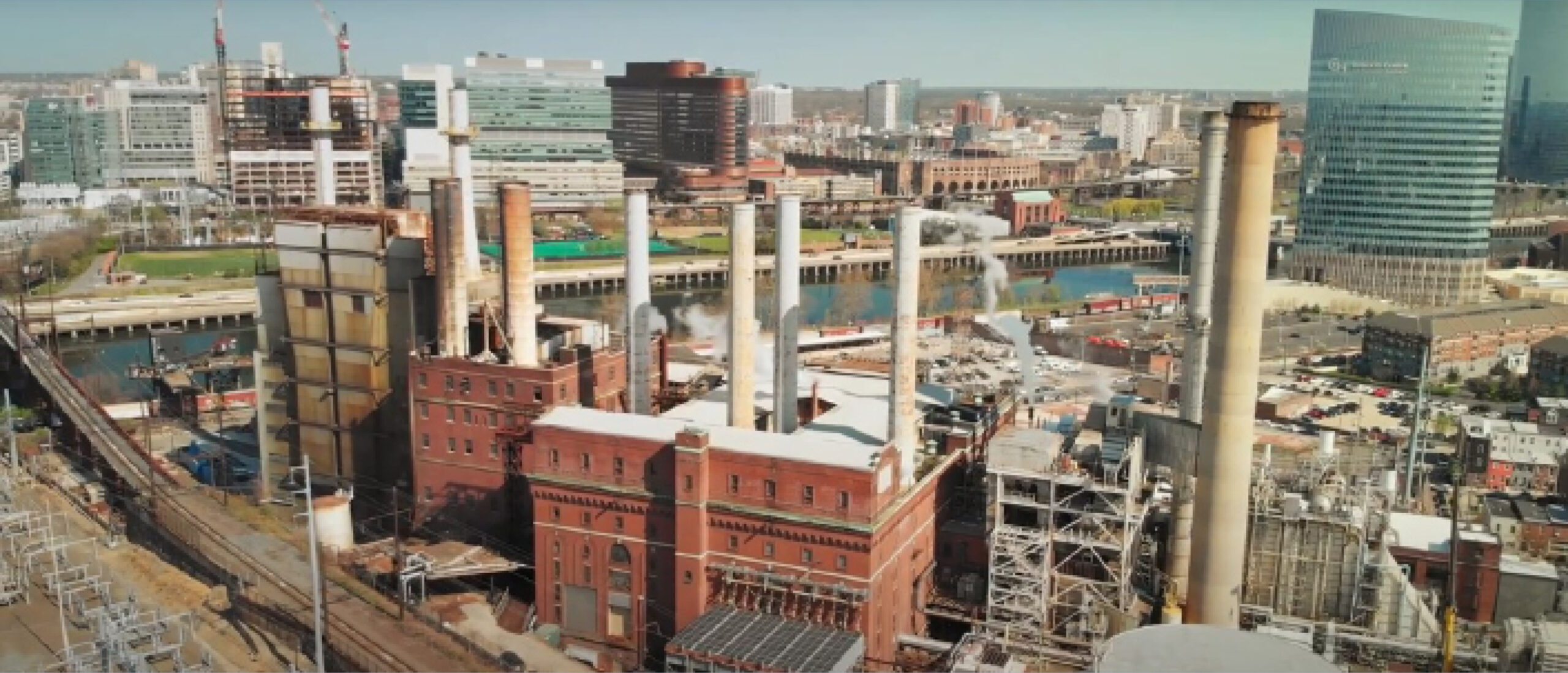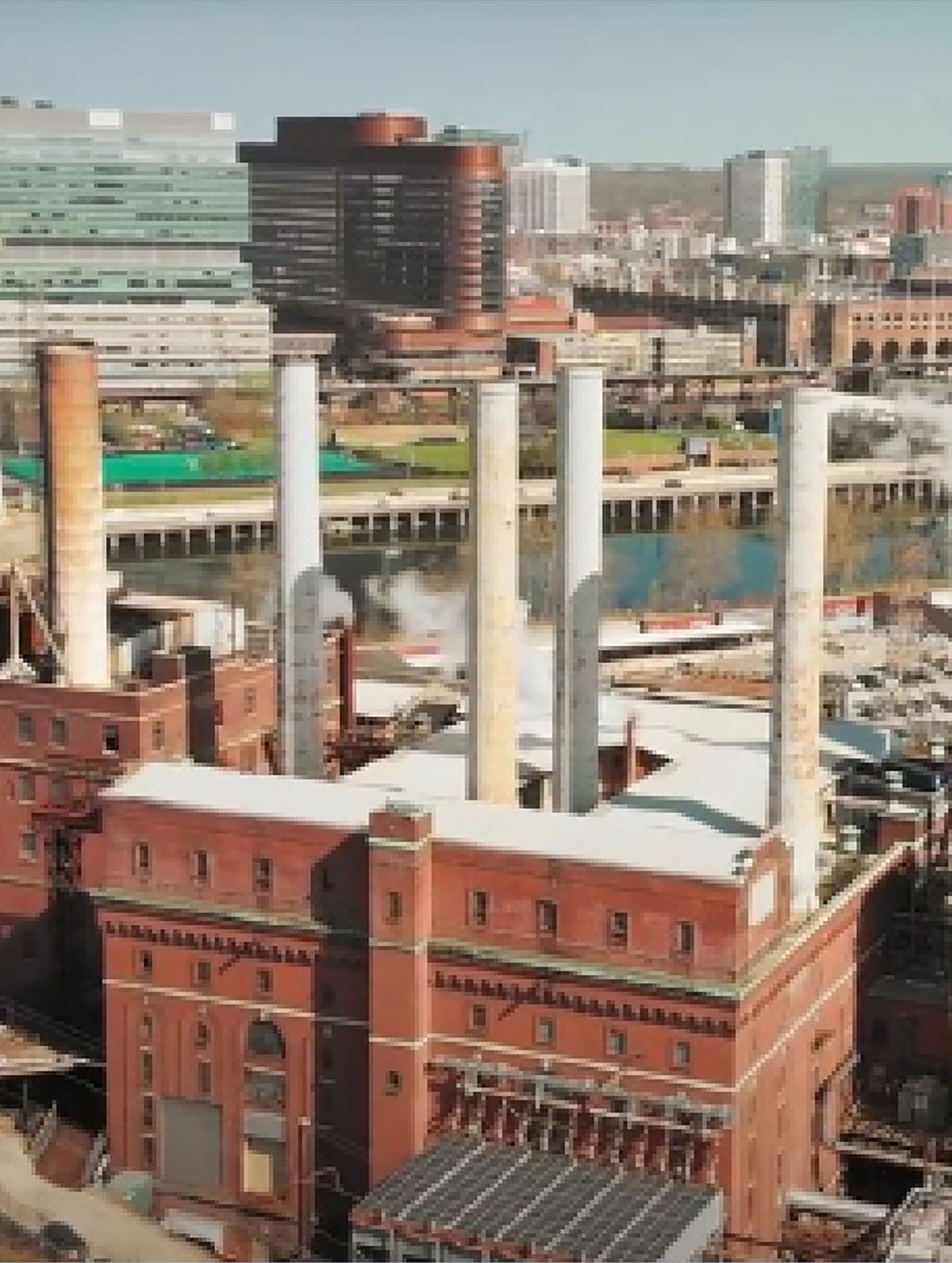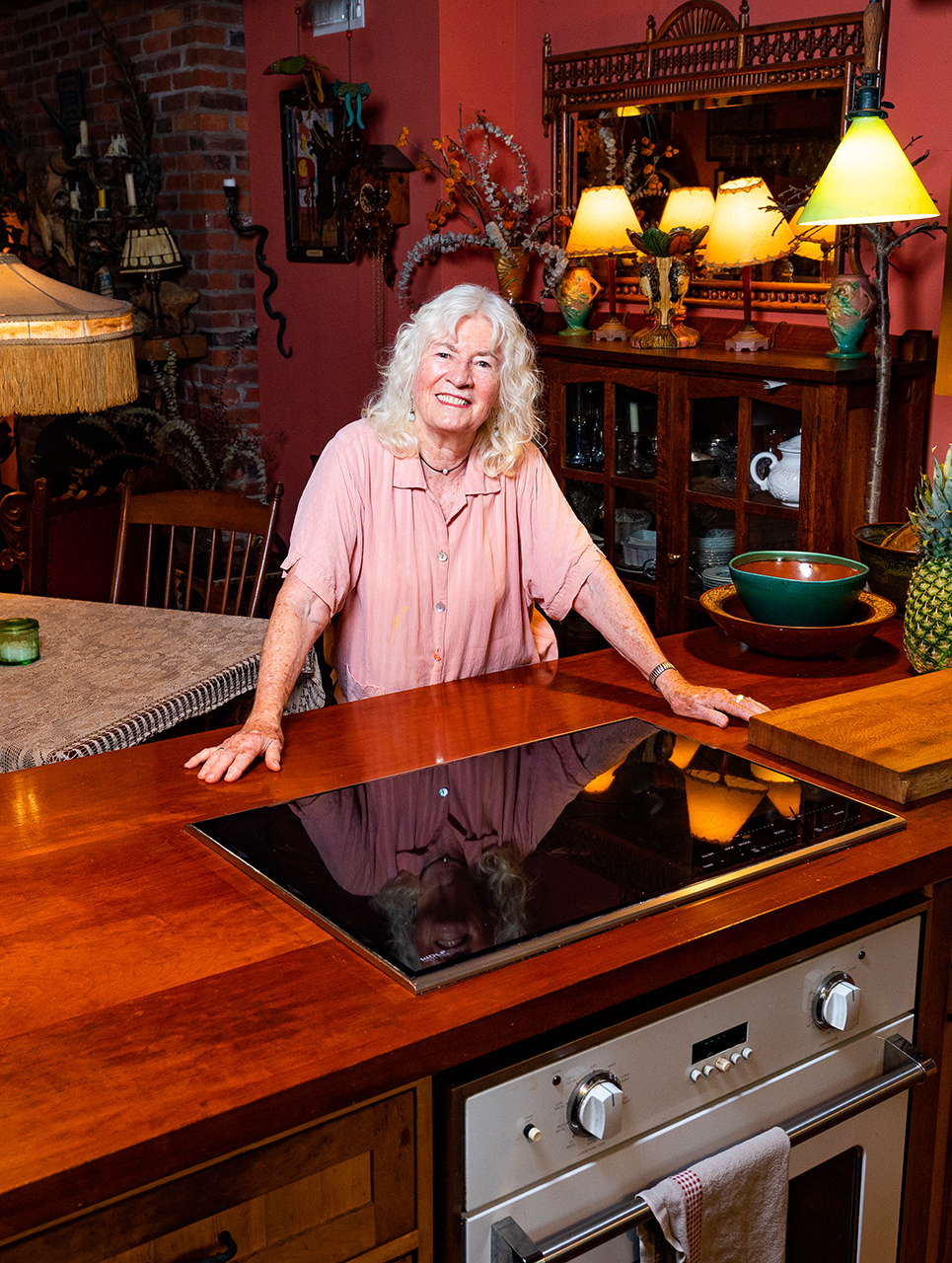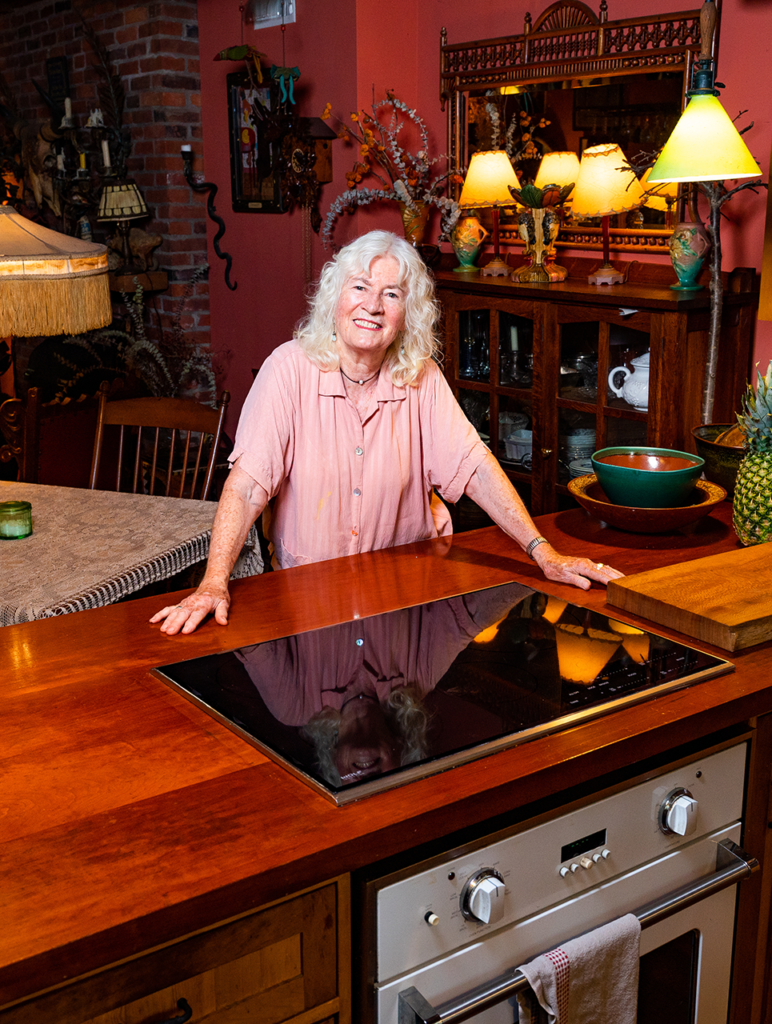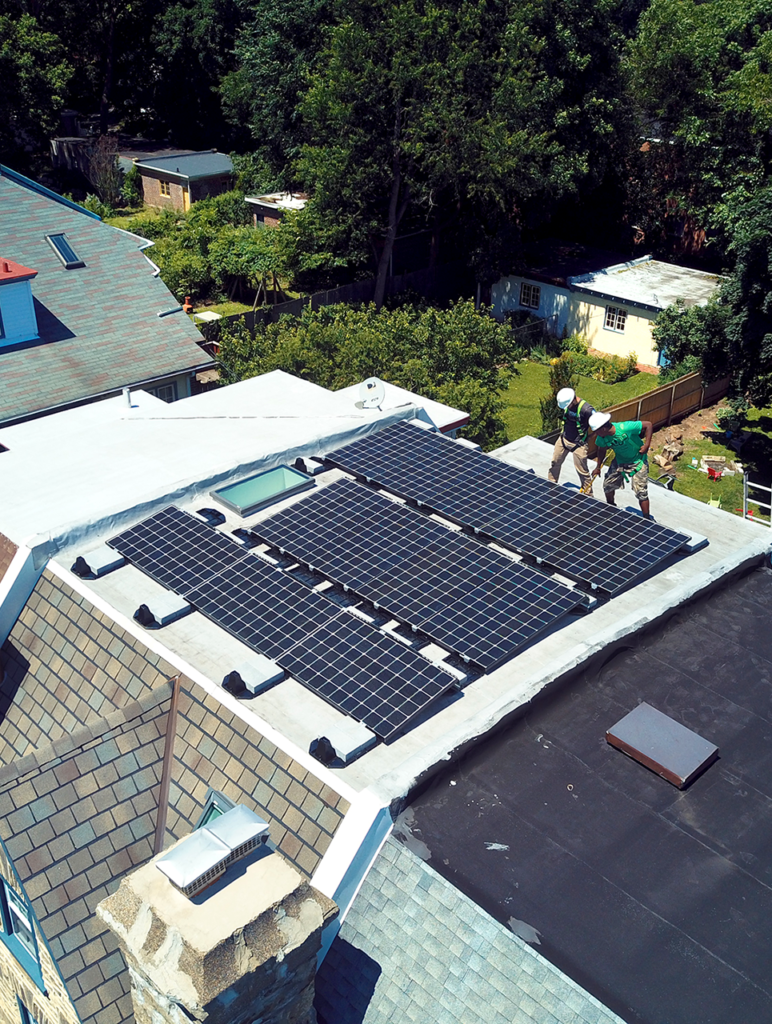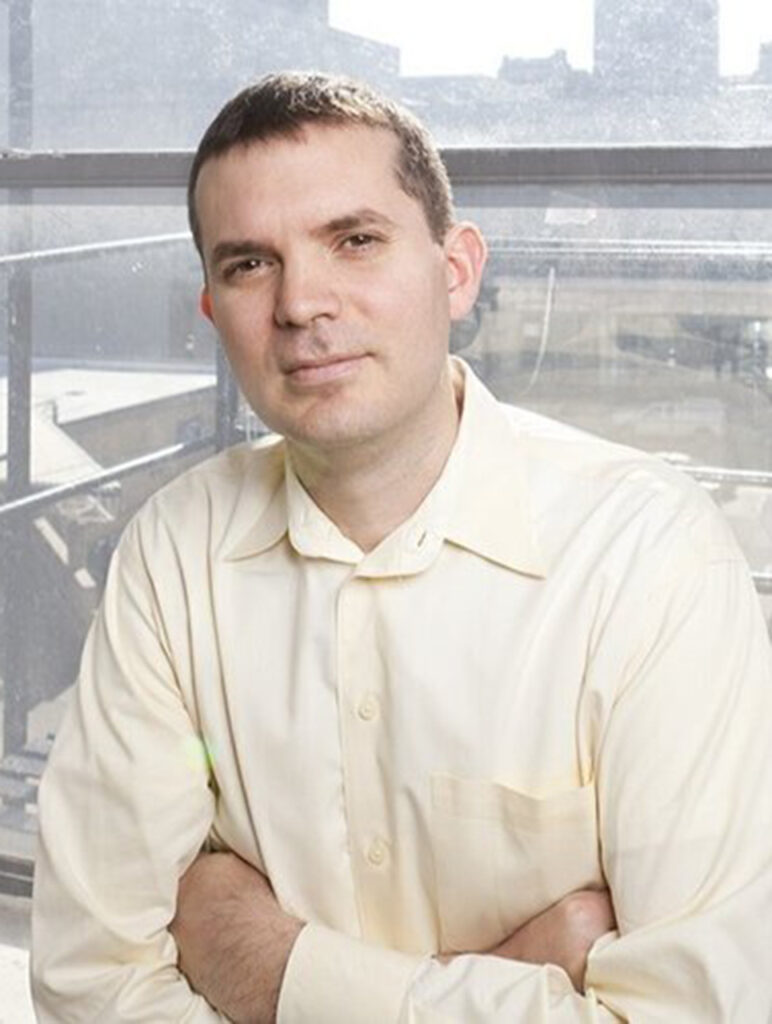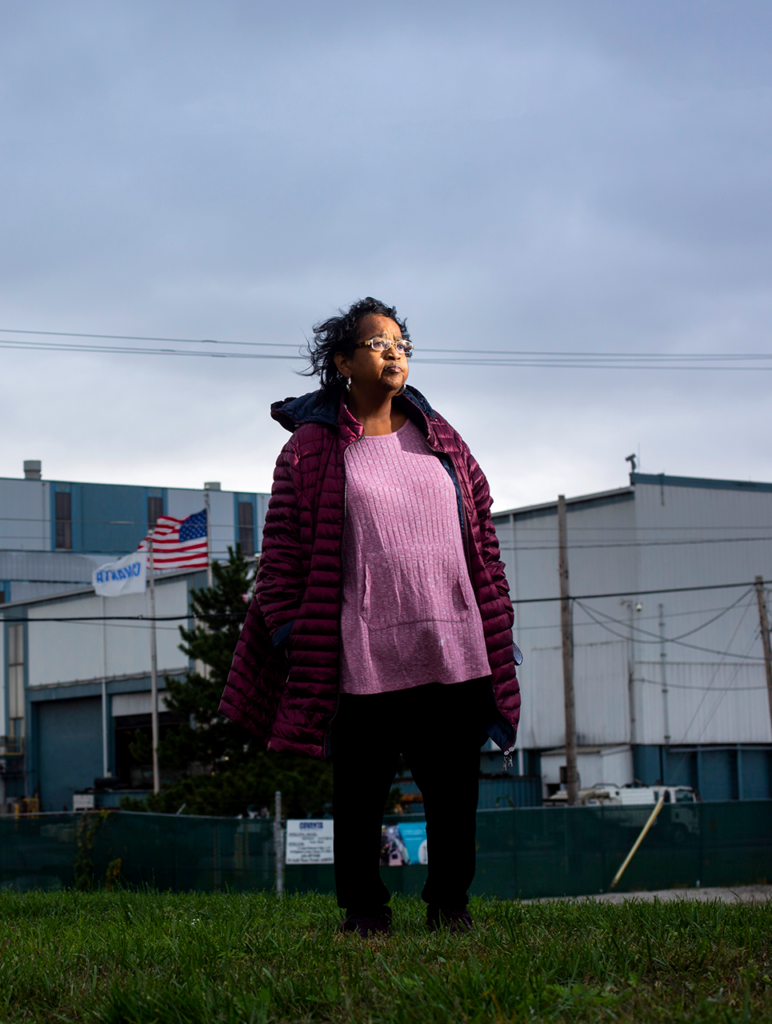As we feel the effects of extreme heat and extreme weather, we can no longer delay action. But Philadelphians may not realize that major emissions reductions are happening below our feet everyday.
For over 100 years, an innovative and sustainable district energy system has operated throughout much of Center City and parts of University City through a network of underground pipes that carry steam to heat hundreds of high-rise buildings, including apartments, commercial buildings, hospitals and universities. The steam is created in a centralized boiler rather than each building relying on their own boilers, which makes the system more efficient and reliable.
“District energy is an old tech that has remained relevant by meeting the moment,” says Matt O’Malley, chief sustainability officer for Vicinity Energy, which now operates the district energy steam loop.
At its inception, the centralized boiler at the plant in Grays Ferry was powered by coal. Later in the 20th century the power source switched to a mix of oil and natural gas. In the 21st century, much of the power is produced by combined heat and power (CHP), which uses a reduced amount of fossil fuels to create electricity that is exported to the grid, and then captures that heat to generate steam. CHP has an efficiency as high as 80%, as compared to the 50% efficiency of an individual building’s on-site gas boiler. Based on these numbers, Vicinity’s district energy system avoids over 300,000 tons of carbon emissions annually.
Vicinity Energy took over the operations in 2020 and, with a commitment to cleaner forms of energy, they began using LR100, a biogenic fuel (or, to put it in layman’s terms, “used cooking grease”) from Center City restaurants in partnership with grease collector Lifecycle Renewables. But understanding that the future will be powered by renewable energy, Vicinity is preparing for a fossil fuel-free future.
With every building we are able to tie into this
technology and serve on our grid, we improve the air quality of the city and those EJ communities.”— Matt O’Malley, chief sustainability officer for Vicinity Energy
O’Malley describes their plan as a “three legged stool.” The first leg is to convert all of their gas boilers to electric boilers powered by buying renewable energy from Pennsylvania’s grid through solar and wind. The second leg is to then use heat-pump technology to leverage energy from the nearby Schuylkill River to further increase energy production and efficiency. The third leg is to increase the capability of thermal storage through batteries that are increasing capacity to store renewably generated energy.
Although district energy is limited in its geographic scope, for the buildings that it does benefit it boasts a 99.9% reliability rate to bring heat and cooling to buildings, according to O’Malley. Even though much of the pipe network runs through Center City, Vicinity has a portion of its network that runs through environmental justice (EJ) communities such as Grays Ferry and other parts of West Philadelphia.
“With every building we are able to tie into this technology and serve on our grid, we improve the air quality of the city and those EJ communities,” O’Malley explains.
Given Philadelphia’s commitment to reducing emissions by 80% by 2050 and other progress such as the newly-formed Environmental Justice Advisory Commission, Vicinity sees this as the right time to be making these investments in Philadelphia. Although their conversion to electric boilers and renewable energy usage won’t begin for another few years as they work with city and state officials on the regulatory aspects of their plan, O’Malley is definitive in Vicinity’s commitment to a clean energy future in Philadelphia.
“We’ve been meeting with some great organizations, city leaders and activists who’ve been offering us honest feedback and are really excited about this plan,” O’Malley says. “And we’re going to just continue our coalition building to get this done.”
